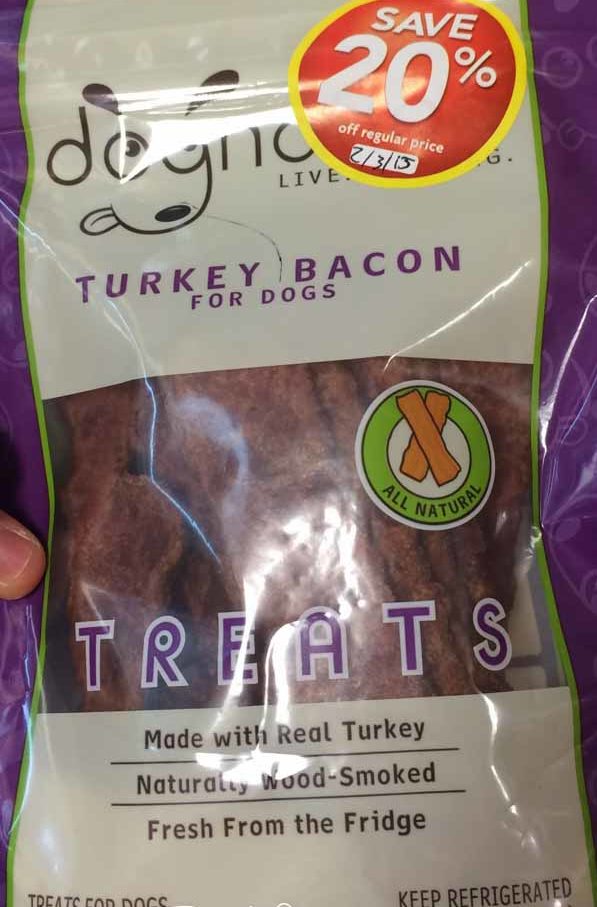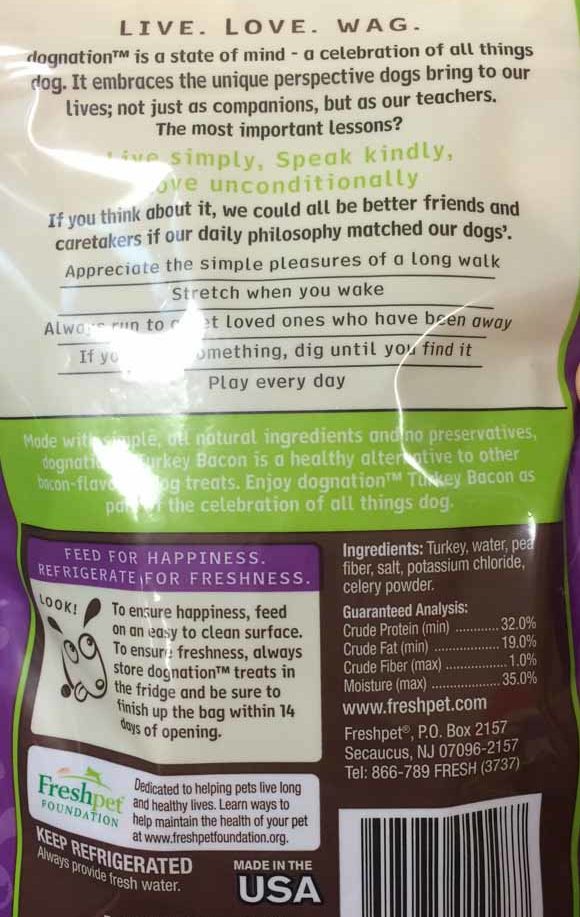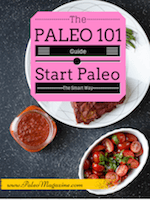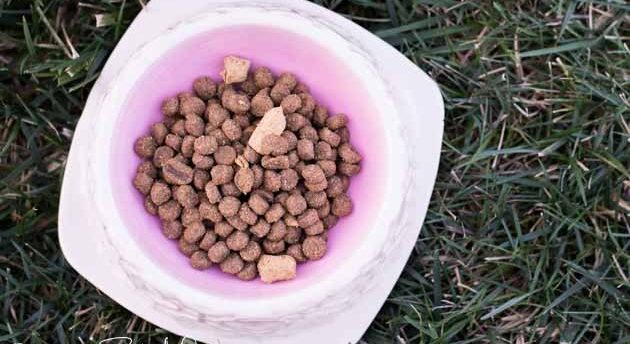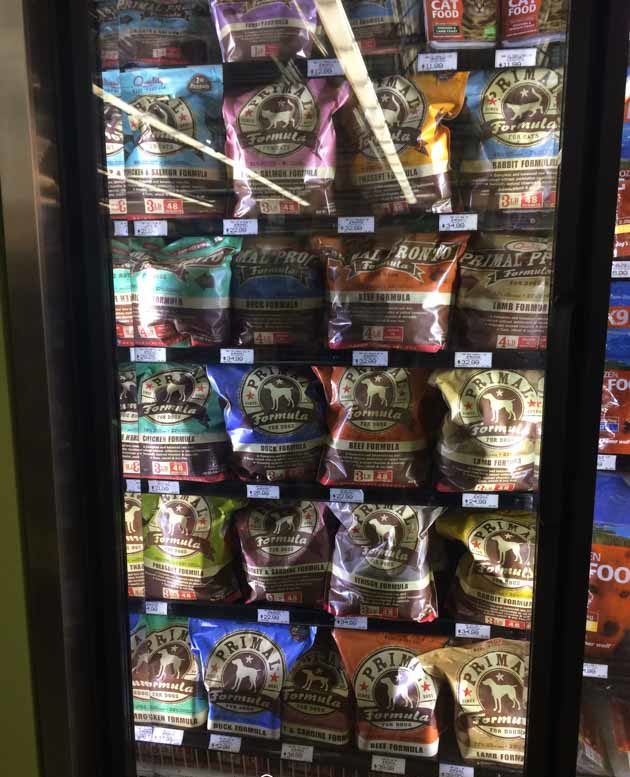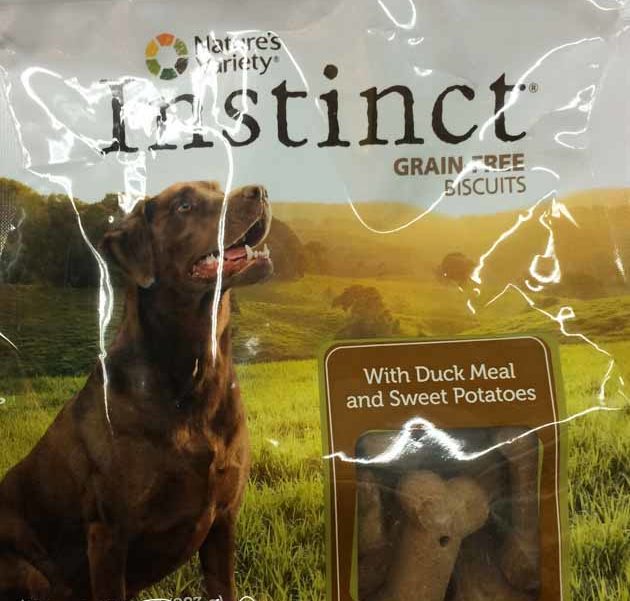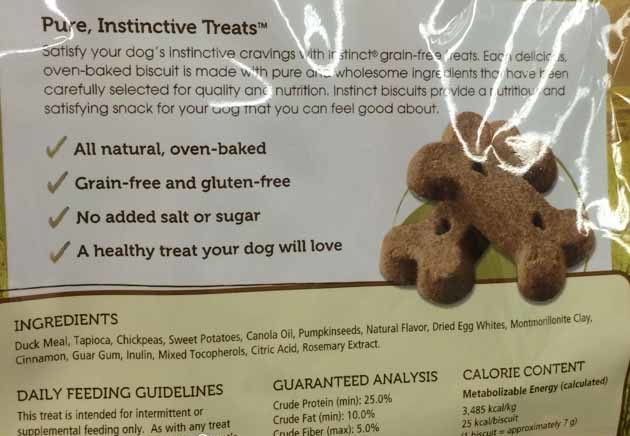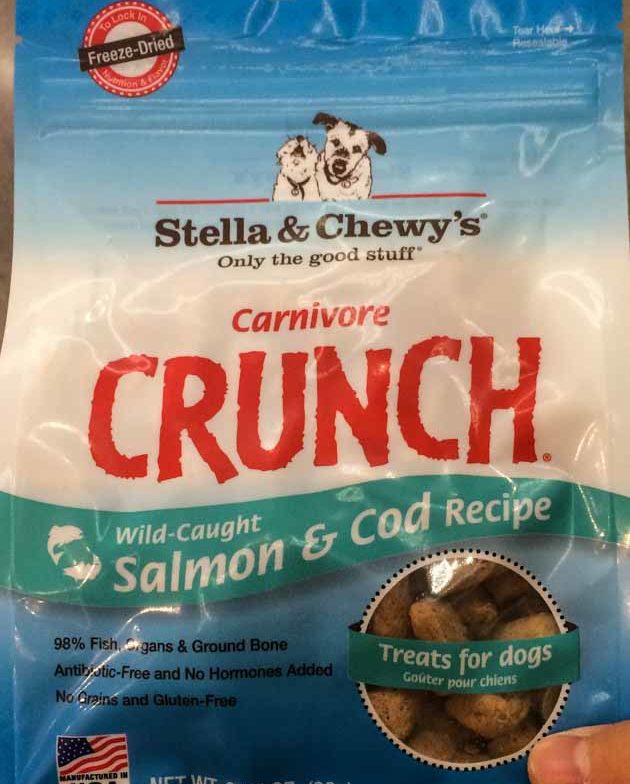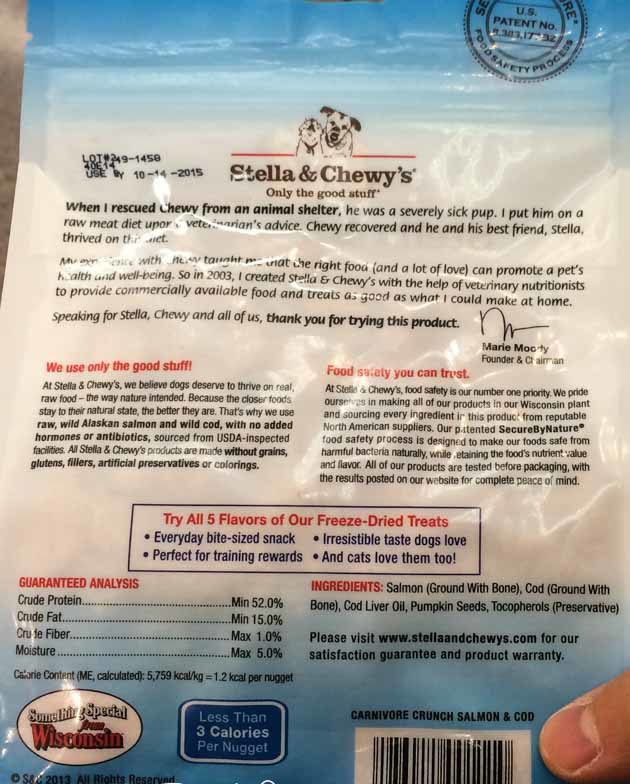What’s The Best Food For Your Dog?
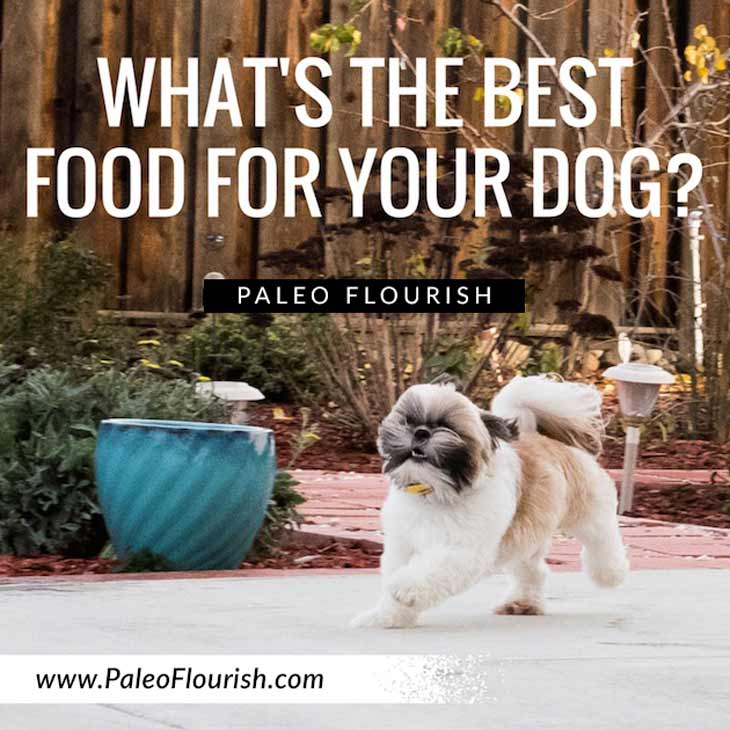
Jeremy and I recently got a super cute shih tzu puppy called Karma. He was 9 months old when we adopted him from a rescue.
He’s a shy little fellow, but when he feels safe and comfortable (like inside our home), his true colors comes out, and he runs around chasing us in joy. You’ll typically find him gnawing on some raw hide, chasing us around the house, or enjoying a nap with his favorite stuffed friends.

I want Karma to live a long and healthy life, and so I’ve been researching the best diet for dogs. Is a raw dog food diet the best? What about grain-free? Does the ancestral diet matter? Is there a Paleo dog food?
I’m sure you also want the best for your dog, and as we all know diet matters a lot when it comes to health, longevity, and happiness.
So, I hope this article helps you and your best friend on the journey to better health.
Here’s what I found…
What Are Dogs Supposed To Eat? – A Review Of The Science
It’s thought that dogs are descended from wolves with domestication by humans first occurring around 14,000 years ago. Some recent research suggests that dogs and wolfs may have shared a common ancestor instead of one being descended from the other.
Regardless, it’s a good bet to look at the diet of wolves when trying to figure out what dogs before domestication would have eaten.
Wolves are carnivorous, and it’s suggested that the ancestral diet for many carnivorous hunter/scavenger typically “consisted of about 85 to 90% meat (primarily from whole prey) along with small amounts of fish and eggs, and 10 to 15% scavenged grasses, berries, nuts, and other vegetation.”
From a macronutrient standpoint, the canine ancestral diet may have looked something like this (data from www.seespotlivelonger.com):
(% by calories)
Protein – 49%
Fat – 44%
Carbohydrates – 6%
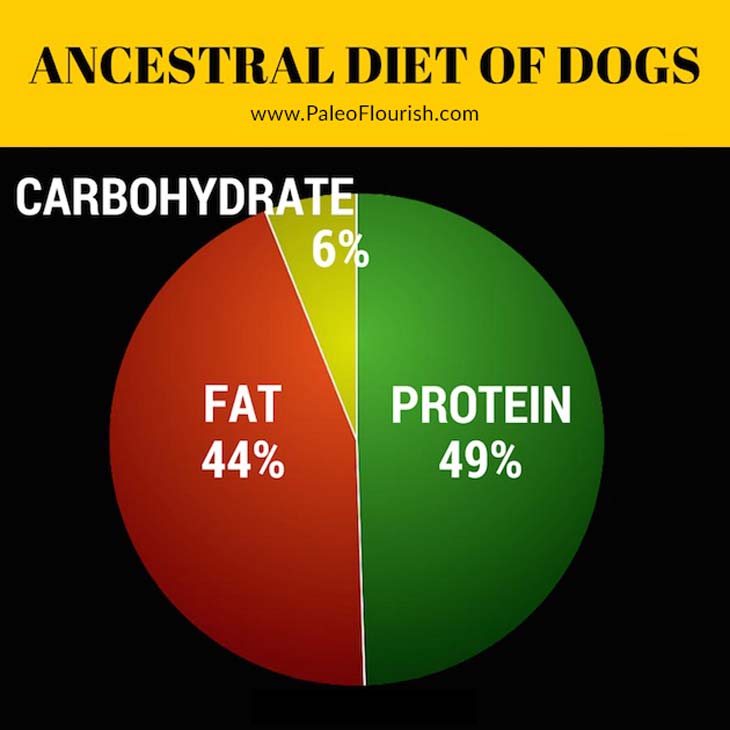
A paper published in the Journal of Animal Science cites another paper by W. H. Hendriks (which I wasn’t able to get access to) that analyzed 50 diets consumed by wolves – it concluded that the average nutrient intake was:
Protein – 52%
Fat – 47%
Carbohydrates – 1%
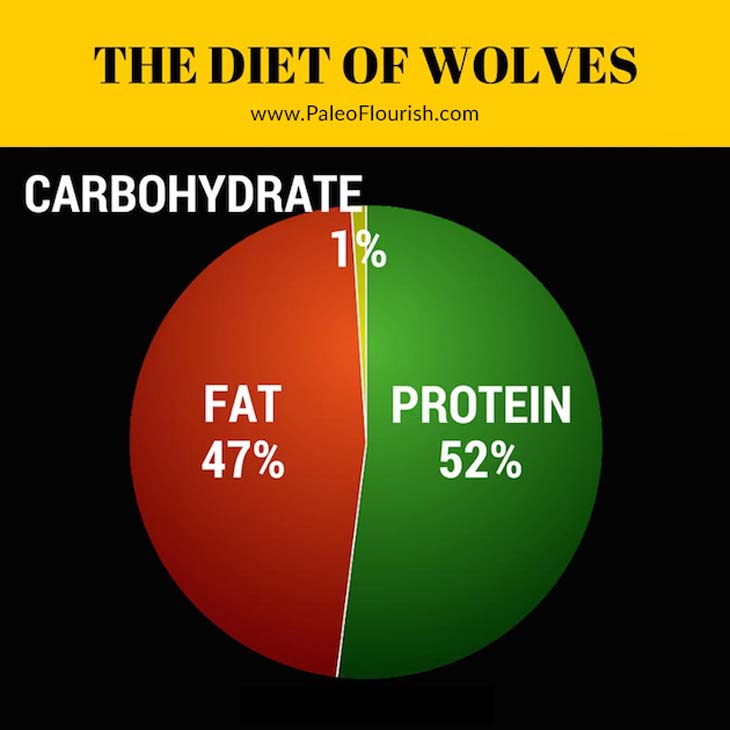
(Incidentally, wild cats have been found to consume similar nutrient profiles.)
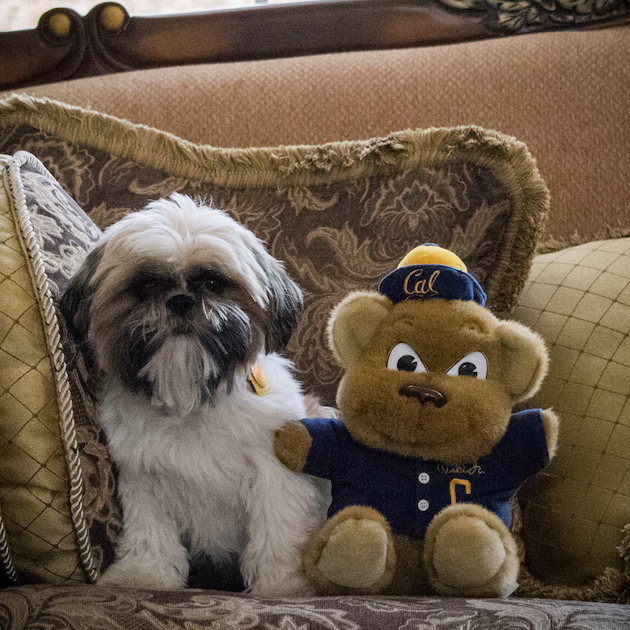
Have Dogs Evolved to Eat More Like Humans After Domestication?
Although 14,000 years doesn’t provide that long (in evolution terms) for dogs to modify their digestive tracts, there are some suggestions that there have been small changes allowing dogs to digest a more diverse range of foods.
Can Dogs Digest More Carbohydrates Now?
In particular, a recent study published in Nature investigating at the genome of dogs and wolves found certain mutations in key genes that suggest that modern domesticated dogs are more able to digest starches than wolves.
It’s generally accepted that dogs (and cats) don’t produce amylase (which break down carbohydrates) in their saliva unlike most mammals (this 1907 study reports this and looked at possible studies to the contrary). However, dogs do have some amylase further down in their digestive tract which means that they are able to digest some carbohydrates but perhaps not as much as humans.
Studies from the 1930s (by Georgievskii and Andreev) suggest that the amount of amylase in the intestinal juice of a dog increases when the dog is fed a higher carbohydrate diet, but that doesn’t necessarily mean that it’s ideal for dogs to eat a diet higher in carbohydrates.
Have Dogs Instinctually Adapted to Eat A Different Diet?
I found this 2012 study really fascinating – they provided 3 different types of dry food to 51 dogs (of 5 different breeds) to see which type of food the dogs would self select. The 3 types of food were: 1. high in fat, 2. high in carbohydrate, and 3. high in protein. They found that every breed of dog selected “a diet composition toward the highest possible fat intake and lowest possible carbohydrate intake.”
They repeated the experiment with wet food and found a similar result and did a third experiment with a fixed protein amount in the food to determine the exact fat and carbohydrates amounts dogs would select in their preferred food.
They concluded that an approximate target diet for dogs would perhaps be:
Protein – 30%
Fat – 63%
Carbohydrates – 7%
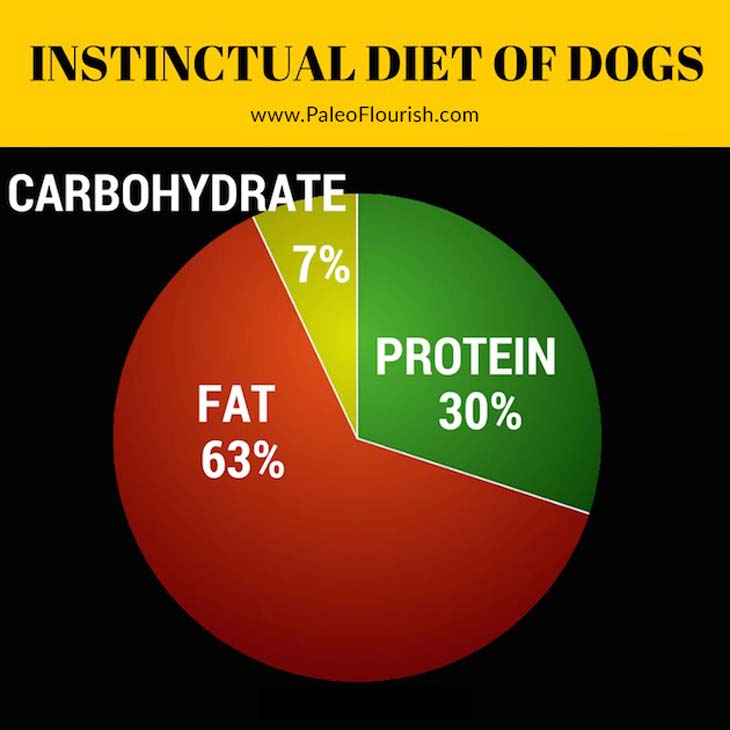
Dogs Chop Rather Than Chew
Another argument for why dogs should eat a primarily carnivorous diet is that they’ve still retained their pointy teeth making it easy for them to tear up meat, chew open bones, and they can open their jaws really wide to swallow larger chunks of meat whole.
Conversely, herbivores and most omnivores chew their foods with a side to side motion (picture a cow chewing grass).
CONCLUSION – Dogs Should Eat A Diet Low In Carbohydrates
All in all, looking at the ancestral diet of dogs and wolves as well as the preferences of modern day dogs, it seems that their ideal diet should be high in fats and proteins, and VERY LOW in carbohydrates. Even if dogs have evolved to eat more carbohydrates, it should still be a very small part of their diet.
Why Getting The Correct Balance Of Macronutrients Is Important For Optimal Health
As explained in this 2012 study, a variety of studies from the past 2 decades have shown that macronutrient balance is highly important for a variety of animals (including for growth rates and size, obesity, fertility, longevity, disease resistance).
So, just like getting a good balance of macronutrients is essential for human health, it matters for animal health as well!
Should Dogs Be Fed a Raw Diet? The Pros and Cons
Many people feed dogs homemade raw food and many raw diet dog food brands have sprung up.
But is this optimal?
The main arguments for feeding dogs a raw diet are:
- Dogs are more adapted to eating raw food. I think this probably a good argument since they have sharper teeth, can tear raw meat more easily, and have a more acidic digestive system that can kill bacteria on raw meats. Moreover, while humans may have used fire to cook more than 100,000 years ago, dogs weren’t domesticated by humans (and therefore fed any cooked food) until around 14,000 years ago. So there’s a good argument that dogs (unlike humans) may not have adapted to eating cooked food yet.
- There are more nutrients in raw food. This is an argument often used by proponents of the raw diet for humans, and it’s also a good argument. Many nutrients degrade when heat is applied. For example, vitamin content typically decrease when food is cooked. However, there’s also the argument that nutrients are more bioavailable when the food is cooked (i.e., we can make use of the nutrients in the food more when the food is cooked as opposed to when it is raw).
- Anecdotal evidence suggests that dogs have better health on a raw diet. It’s been suggested that dogs have better digestion, healthier coats and skin, fresher breath, etc on a raw food diet, but there’s no definitive proof for this. It could easily also be that raw dog foods are grain-free and tend to be free of preservatives and coloring.
The main arguments against feeding dogs a raw diet are:
- Infected raw meat. Salmonella and E. coli risks tend to be higher when eating raw meats, but for the most part dogs have much stronger digestive systems than humans. As this article suggests, the bigger danger may be humans catching bacterial infections from handling raw dog food.
- It’s a huge hassle. It’s definitely time consuming to make your own dog food (raw or cooked), but there are many brands of premade raw dog foods nowadays that make it easier (see below for recommendations). For me, the hassle is defrosting the raw food (which must be frozen for safe storage) and then catching Karma to wipe his face after eating (there’s usually some residual raw food/blood smeared across his whiskers).
CONCLUSION – Raw may be slightly better, but it’s not essential.
My personal opinion is that it’s perhaps slightly better to feed your dog a raw diet, but the benefits of a raw diet are really very unclear especially when compared to feeding your dog high-quality grain-free cooked dog food (see the section below on what good dog food should look like).
If you want to make your own dog food…be careful!
I’ve decided not to make my own dog food as I wanted to make sure Karma didn’t miss out on any vitamins and minerals, and I didn’t want to take the trouble of analyzing the exact vitamin and mineral content of foods I make.
This article analyzed three popular homemade raw canine diet plans and compared them with the ancestral diet nutrient profile as well as two pet food standards (established by the National Research Council (NRC) and the Association of American Feed Control Officials (AAFCO)) found that “all the diets had some mineral shortages” and some of them had too much of certain minerals.
Many brands of dog food you can purchase add in vitamins and minerals to ensure that your dog gets the vitamins and minerals he or she needs without getting too much of them.
What Dog Food Should NOT Look Like
Given that dogs should be eating a diet high in fats and proteins, and very low in carbohydrates, the ideal dog food should definitely not have a grain (like corn or wheat) as its first ingredient (since grains are very high in carbohydrates!). Additionally, since humans have not even evolved to digest grains well, it’s fairly unlikely that dogs would have either.
Sadly, when I looked at some of the most common brands of dog food, corn or wheat appeared as its very first ingredient (which signifies that the food contains the most of that ingredient).
For example, Pedigree’s Adult Complete Nutrition For Dogs has “ground whole corn” as its first ingredient. 1 cup of corn (weighing 166g) has 123g of carbohydrates!
And Purina’s Alpo has ground yellow corn as its first ingredient. The estimated macronutrient content for that dog food is 21% protein, 11% fat, and 61% carbohydrates, which is clearly not ideal based on the above analysis.
And dog treats can be even worse! The highly popular Milk Bone brand has wheat flour as its first ingredient!
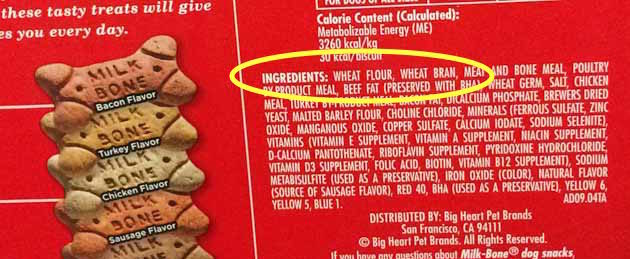
What Should Good Dog Food Look Like?
- High in protein and fat, low in carbohydrates.
- Grain-free. Personally, I don’t think grains are good for dogs (just like they’re not good for humans), and there are tons of grain-free dog food brands these days to choose from.
- Low in extraneous ingredients like food coloring and thickeners. Clearly these weren’t part of a dog’s diet even 100 years ago.
- Contain whole foods. It’s been suggested that eating whole foods rather than extracts from foods is more beneficial since there are synergies between the different food components that we may not yet understand.
- Raw if you can tolerate the hassle (see section above for pros and cons of a raw diet).
Here are a few brands I found in my local Petco and Petsmart stores that I thought looked good.
RECOMMENDED – Nature’s Variety Instinct Raw – I started by feeding Karma the frozen raw variety of this brand. They were little frozen pellets that I had to defrost for a while before feeding them to Karma. I recently switched to their freeze-dried option with a raw boost in it instead (mostly because it was much cheaper and easier to manage). You can purchase it 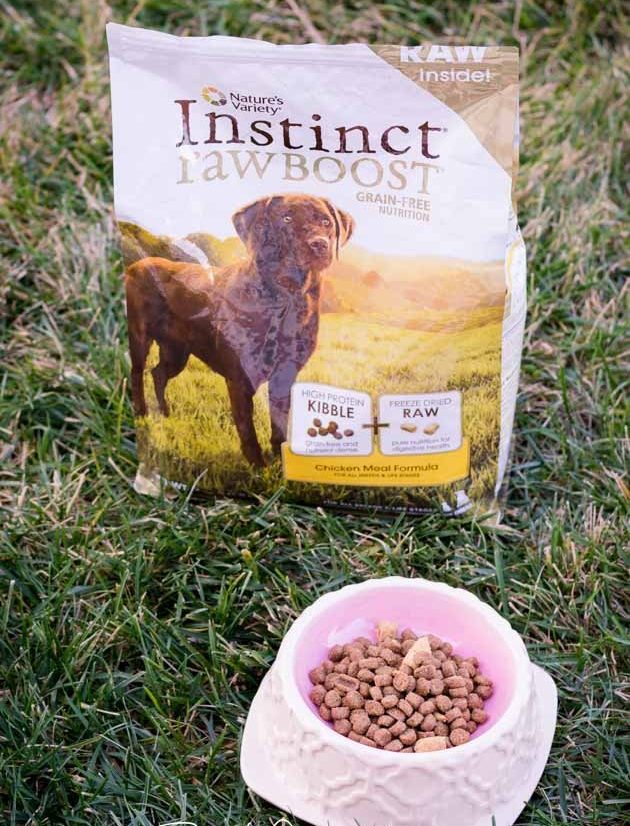 >
>
Steve’s Real Food (this is a very affordable frozen raw brand I found in Whole Foods – they seem to be sold in many stores in California).
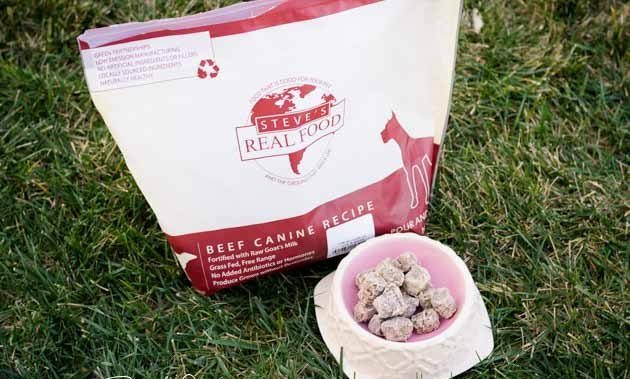
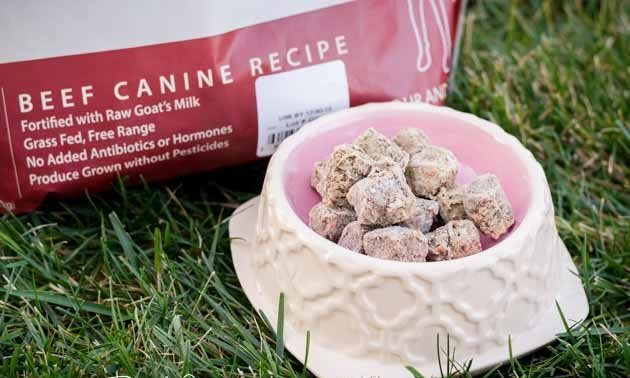
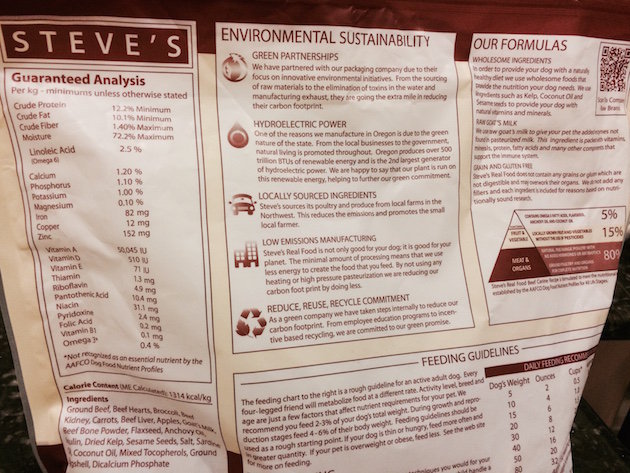
Primal Formula (they have various raw frozen options as well as a really convenient freeze-dried option that’s available 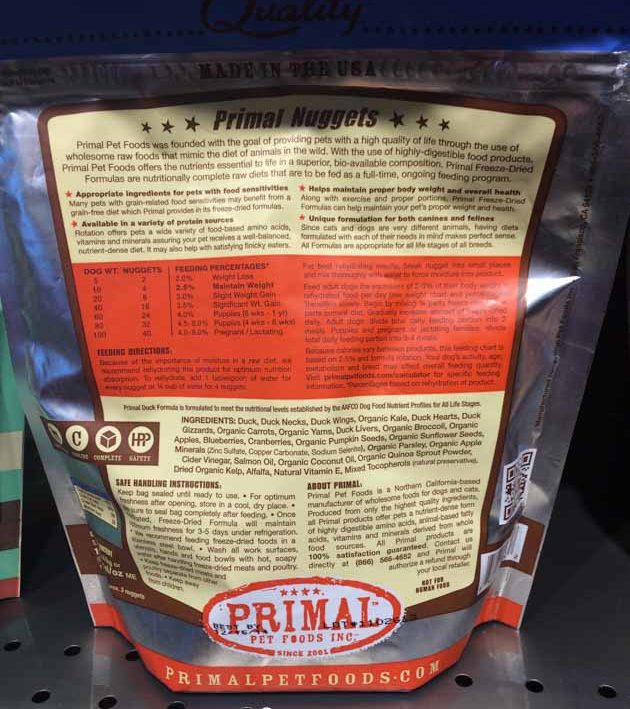
ZiwiPeak Real Meat Grain Free Air Dried Dog Food (90% meat, organs, and seafood and 10% carbohydrates – air-dried so it’s easy to store and serve and available 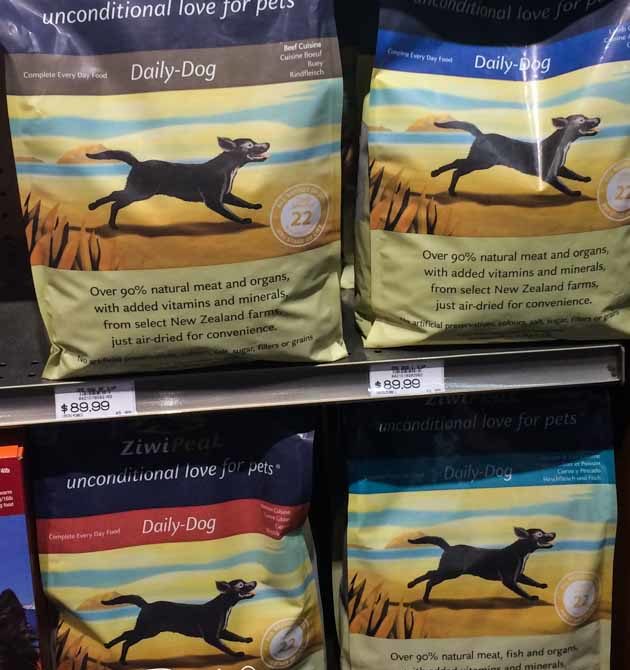
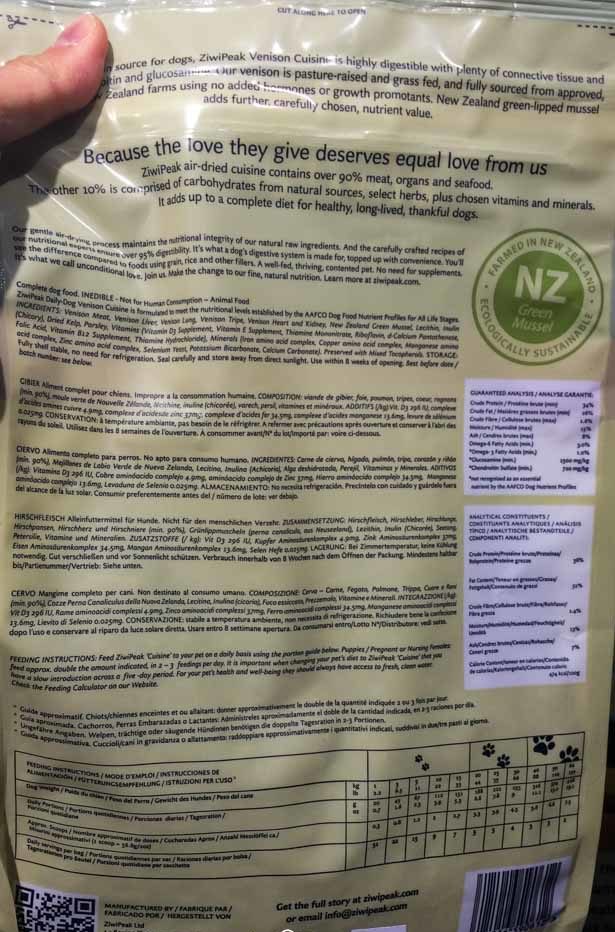
Vital Grain Free (which needs to be refrigerated).
Their foods contain 80% meat and 10% fruits and vegetables, which means that the majority of the calories should be from fat and protein.
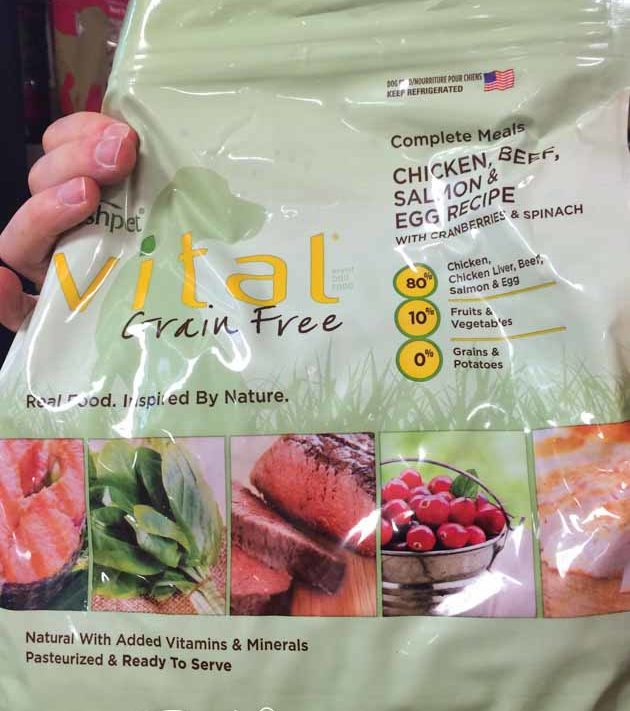
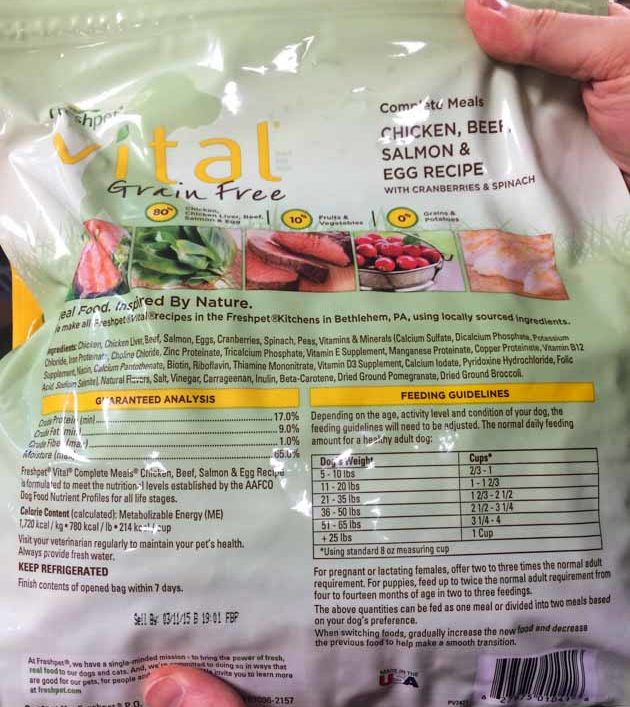
HEALTHY DOG TREATS – and here are some dog treats I found that seem pretty good:
Chicken Breast – Karma’s favorite treat is poached chicken breast (no seasoning). We just boil whole chicken breasts in water and then cut them up into cubes. It’s cheap, easy, and dogs really love them!
on Amazon here. The ingredients aren’t fantastic, but it’s much better than other dog biscuits!
Dog Joy Turkey Bacon – I found these at both Petsmart and Petco (it’s refrigerated).
